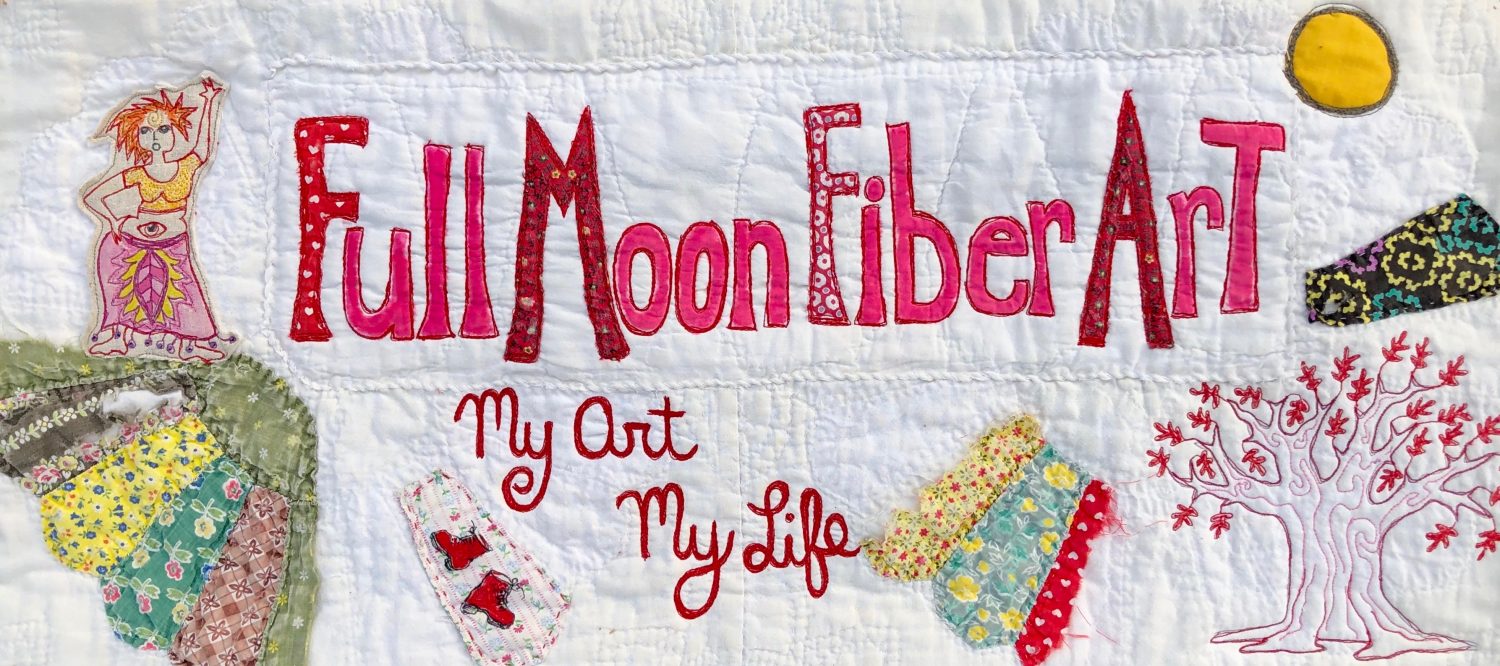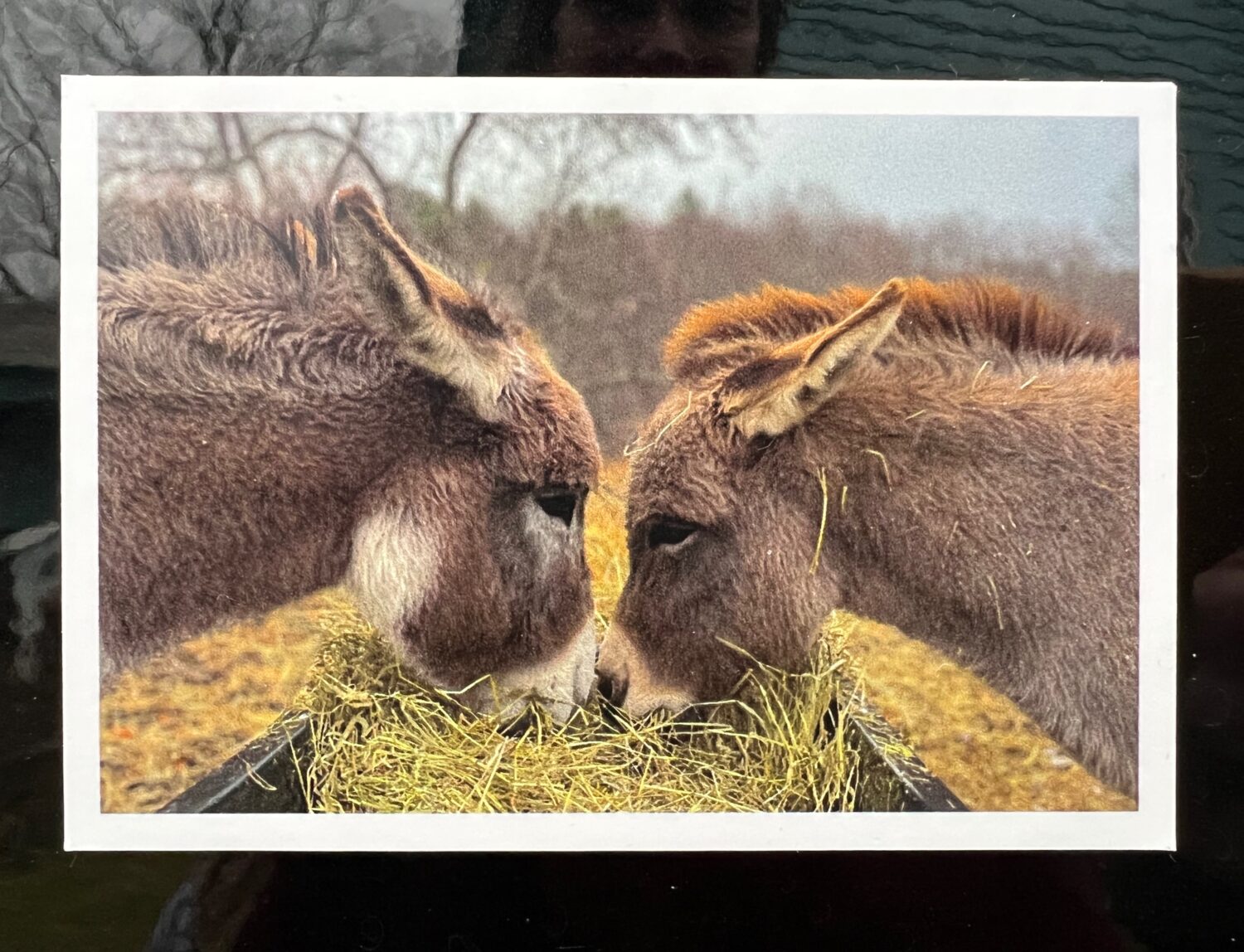
“...in our self-importance, in our search for meaning, we have forgotten how to share the planet that gave us life.” Migrations by Charlotte McConaghy
If someone were to cut down the trees in the Orphaned Woods and make a housing development or shopping center, they would probably call it something like Hickory Woods or Hickory Hill Mall.
As much as I don’t want to, I can’t help thinking this way. It comes from growing up on Long Island, seeing houses and shopping centers squeezed onto every scrap of land no matter how small.
Fortunately, this kind of development hasn’t reached our little corner of Upstate NY yet. (Although I’m superstitiously knocking on wood, as I write this).
It’s not that the Shagbark Hickory dominates The Orphaned Woods, but they are so distinctive and so plentiful, that they were the first trees I took notice of when we moved here.
And there was one in particular, that I befriended right away. Three Shagbark Hickorys, no doubt sharing the same root system. The center one with a gaping hole, big enough for me to sit in if I could only reach it.
I’ve stopped at it so many times, Fate now runs ahead of me and waits beside it, till I get there.

Young or old, there’s no mistaking the bark of the Shagbark Hickory. It only gets thicker and more layered with age. It has a compound leaf. Five almond-shaped leaves to a stalk. And its fruit is the hickory nut.
I read that the word Hickory is from the Native American word pawcohiccora which is the hickory milk that is used to make corn cake and hominy. The milk comes from pounding and steeping the nuts.
The wood from the Shagbark Hickory is incredibly hard and was used to make wagon wheels and tool handles. I can imagine it would have been a valuable tree to the original people who lived here as well as the farmers who build our house.
I’ve written about the Shagbark Hickory before, which inspired so many of you to tell me your stories about gathering, cracking, and eating Hickory nuts. Before that, I hadn’t thought of eating them myself.
The outer thick green shells and inner hard brown shells litter the floor of the woods. But most of the nuts have already been eaten by the animals who live in the woods.

About a month ago, before the snow was hard on the ground, I found a whole nut and put it in my pocket. At home, I cracked it open by putting it on a cutting board and hitting it with a rolling pin. I picked out the nut with the tine of a fork.
Even if I had a nutcracker I don’t know that it would have been strong enough to open the shell. Marsha told me that her mother-in-law used to put a bag of Hickory nuts under the wheel of her car and drive over them to crack the shells. Josie said her father used a hammer.
The nut I ate looked like a small walnut but was chewier. It tasted closer to a pecan with a touch of nutmeg. I learned later that it is in the Walnut family of trees along with the pecan.

Once I found out what a hickory nut looked like, I started seeing them everywhere. There are even some old shells in the basement of the farmhouse, brought in by mice.
There are two Shagbark Hickorys, like sentries, to the right of the tumbled rocks in the stone wall that I step on to enter the woods. There’s a circle of four of them on the border of the woods and the pasture to the south. There are many more, big and small scattered throughout The Orphaned Woods.
I supposed I could have called the woods, The Shagbark Hickory Woods instead of The Orphaned Woods. But that reminds me too much of the housing development or mall. Because there are really so many different kinds of trees in the woods. It’s just that my unknowing eye was drawn to the most obvious, outstanding tree.
It did get my attention though. It drew me in and was my first friend in the woods. And now, since I feel like I know it so well, it also made me curious about all the other trees that grow around it.

















